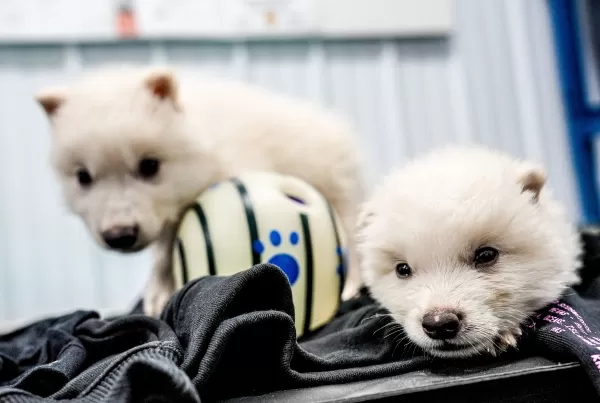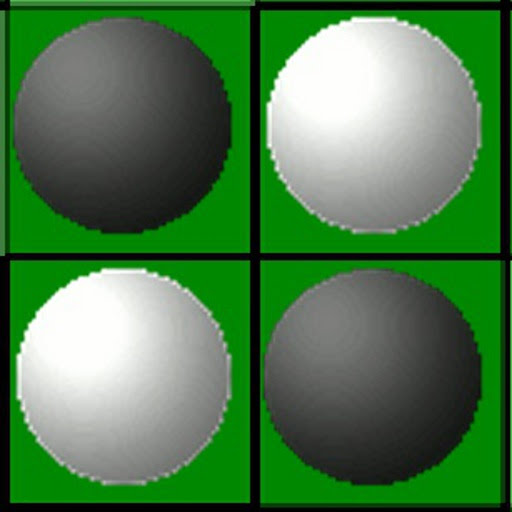Bringing a super-sized canine back from extinction after 12,500 years might sound like the plot of a thrilling sci-fi movie complete with dramatic special effects, but it's a reality that has unfolded thanks to the efforts of Colossal Biosciences. This biotech company has successfully reintroduced three dire wolves into the world, and they are currently residing in a secret location within the United States.
 Romulus and Remus at three months old
Romulus and Remus at three months old
The trio, named Romulus, Remus, and their younger sister Khaleesi, were brought to life using a blend of DNA from the common gray wolf, advanced gene-editing techniques, and domestic dog surrogates. These majestic creatures embody the dreams of any "Game of Thrones" enthusiast, appearing as huge, white, and awe-inspiring beings.
Ben Lamm, CEO of Colossal Biosciences, expressed immense pride in the achievement, stating, “I could not be more proud of the team. This massive milestone is the first of many coming examples demonstrating that our end-to-end de-extinction technology stack works.” He further elaborated on the process, saying, “Our team took DNA from a 13,000 year old tooth and a 72,000 year old skull and made healthy dire wolf puppies. It was once said, ‘any sufficiently advanced technology is indistinguishable from magic.’ Today, our team gets to unveil some of the magic they are working on and its broader impact on conservation.”
 Romulus and Remus at one month old
Romulus and Remus at one month old
Colossal Biosciences has previously made waves with their creation of a "Colossal Woolly Mouse," a mouse engineered to resemble a woolly mammoth. This was achieved through the analysis of 59 mammoth genomes spanning from 3,500 to over 1,200,000 years old. Despite these successes, the company faces criticism, with some arguing that the dire wolves are essentially normal wolves in disguise, as the dire wolf DNA used is insufficient for true genetic cloning.
However, the ambitions of Colossal Biosciences extend beyond creating viral sensations or owning extraordinary pets. The company aims to leverage their findings to enhance conservation efforts for current species, ensuring their preservation for future generations.
Dr. Christopher Mason, a scientific advisor and member of the board of observers for Colossal, emphasized the broader implications of their work, stating, “The de-extinction of the dire wolf and an end-to-end system for de-extinction is transformative and heralds an entirely new era of human stewardship of life. The same technologies that created the dire wolf can directly help save a variety of other endangered animals as well. This is an extraordinary technological leap in genetic engineering efforts for both science and for conservation as well as preservation of life, and a wonderful example of the power of biotechnology to protect species, both extant and extinct.”
To ensure the well-being of these dire wolves, Colossal Biosciences has collaborated with the American Humane Society and the USDA to establish a suitable 2,000+ acre preserve as their home. These wolves are also attended to by a dedicated team of staff, ensuring they receive the care and attention they deserve.



 LATEST ARTICLES
LATEST ARTICLES 












